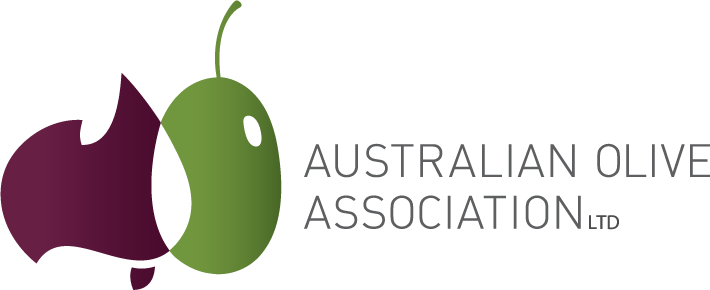Australian Standards
The Australian Standard for Olive Oils and Olive Pomace Oils, AS 5264-2011, was published on Wednesday 20th July 2011. It was developed by and is owned by Standards Australia. AOA members can access a copy via the Members Lounge or it can be purchased from Intertek Inform (previously named SAI Global). This landmark event followed a rigorous standards development process which began in late 2009 and was formally agreed to in May 2010. The process involved multiple industry stakeholders, almost 800 public submissions and has culminated in Standards Australia approving this new olive oil Standard that has been developed to protect the integrity of the entire olive oil supply chain with a particular consumer focus.
The Standard is the culmination of a large amount of work by the AOA including the funding of world-leading research (in partnership with RIRDC) and the long-term work on international trade standards in conjunction with DAFF.
The Standard is comprehensive and was developed so that it:
- Clearly outlines the different grades of oil – whether natural or refined
- Unambiguously defines what constitutes Extra Virgin Olive Oil
- Includes the most current and effective testing methods for quality and authenticity
- Provides a technical basis for ‘best before’ claims
- Provides labelling requirements to minimise consumer confusion
- Cracks down on the misleading use of words in labels such as: pure, light/extra lite/lite
- Requires verification of words describing country/region of origin
- Requires substantiation of processing methods (e.g. cold pressed, first extraction)
- Accommodates the natural variations that occur in different countries, olive varieties and
- Regions without compromising the ability to test and verify the quality and authenticity of the
- Natural product that is olive oil
- Improves significantly on other older standards in use in other parts of the world.
WHY AUSTRALIA Needs to Mandate the olive oil Standard
Australian Consumer Detriment Report Olive Oil
The Standard was been developed in parallel with the development of the Australian Olive Industry Code of Practice and the Consumer Awareness and Education Campaign. The release of the Standard has had a positive international impact for all who believe that olive oil should be sold as the actual grade it is to informed and trusting consumers. This work on improving the way olive oil is authenticated and qualified has been the primary focus of Paul Miller (President) since 2001, building on the desires of his predecessors and upholding the absolute commitment of the Australian Olive Industry – through the AOA – to its belief that quality is the key to the commercial future of the industry.
SPECIAL THANKS: The AOA Directors, past and present, would like to sincerely thank Paul Miller for his resolve to see these Standards through, his patience and his untiring effort. We are always astounded at work Paul has put in on our behalf to understand the complex global politics as well as the domestic forces that influence matters of olive oil quality and authenticity. Without his effort and strategic skill we would not have been able to achieve leadership by Australia on this critical subject. Even now Paul is involved in joint work with the US industry to make the AOA’s progress on olive oil quality for our oils in overseas as well as domestic markets. This has always been voluntary for Paul and he has undertaken this task because he believes passionately in the Industry. A big thank you also to Rod Mailer (Australian Oils Research Lab), all those producers who assisted with funding this work and of course Leandro Ravetti (Modern Olives) who won an award for his excellent work on the Standard!
The Voluntary Industry Standard for Table Olives in Australia was prepared by the National Table Olive Committee of the Australian Olive Association Ltd (AOA), and published by RIRDC in October 2012.
The standard was revised by NTOC in January 2020, and endorsed by the AOA Board in February 2020. Access a copy here.
